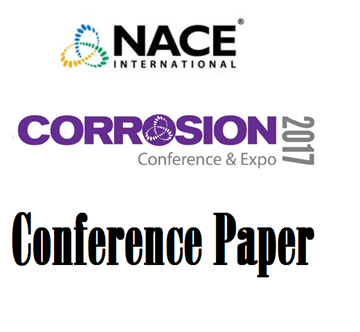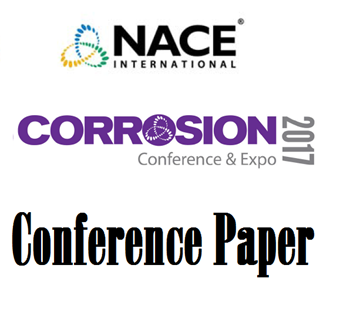Search
The Challenge of Balancing Adhesion and Corrosion Resistance in Waterborne Styrenated Acrylic Direct to Metal (DTM) Resins
Also Purchased
The Effectiveness of Energy Efficient Coatings for Military Use
Product Number:
51217-081-SG
Publication Date:
2017
$20.00
Understanding and Addressing the Challenges of Assessing the Corrosion Fatigue of Metallic Materials
Product Number:
51317--8918-SG
ISBN:
8918 2017 CP
Publication Date:
2017
$20.00
The Ultrasonically Induced Cavitation Corrosion of UNS N010665 Alloy in Seawater
Product Number:
51317--8931-SG
ISBN:
8931 2017 CP
Publication Date:
2017
$20.00




